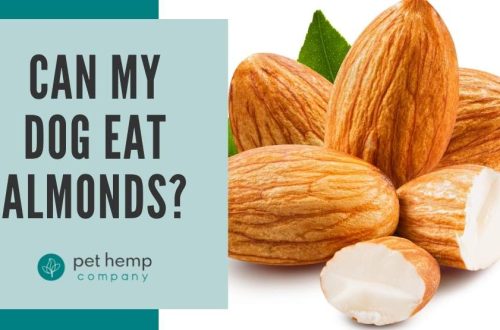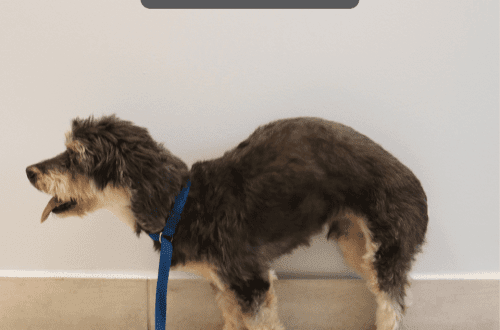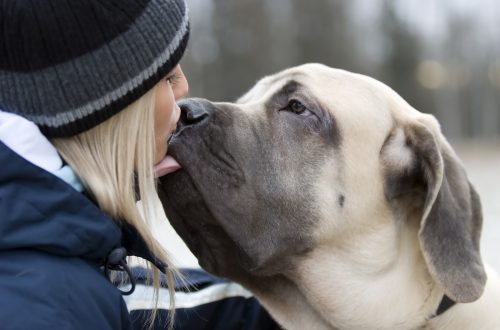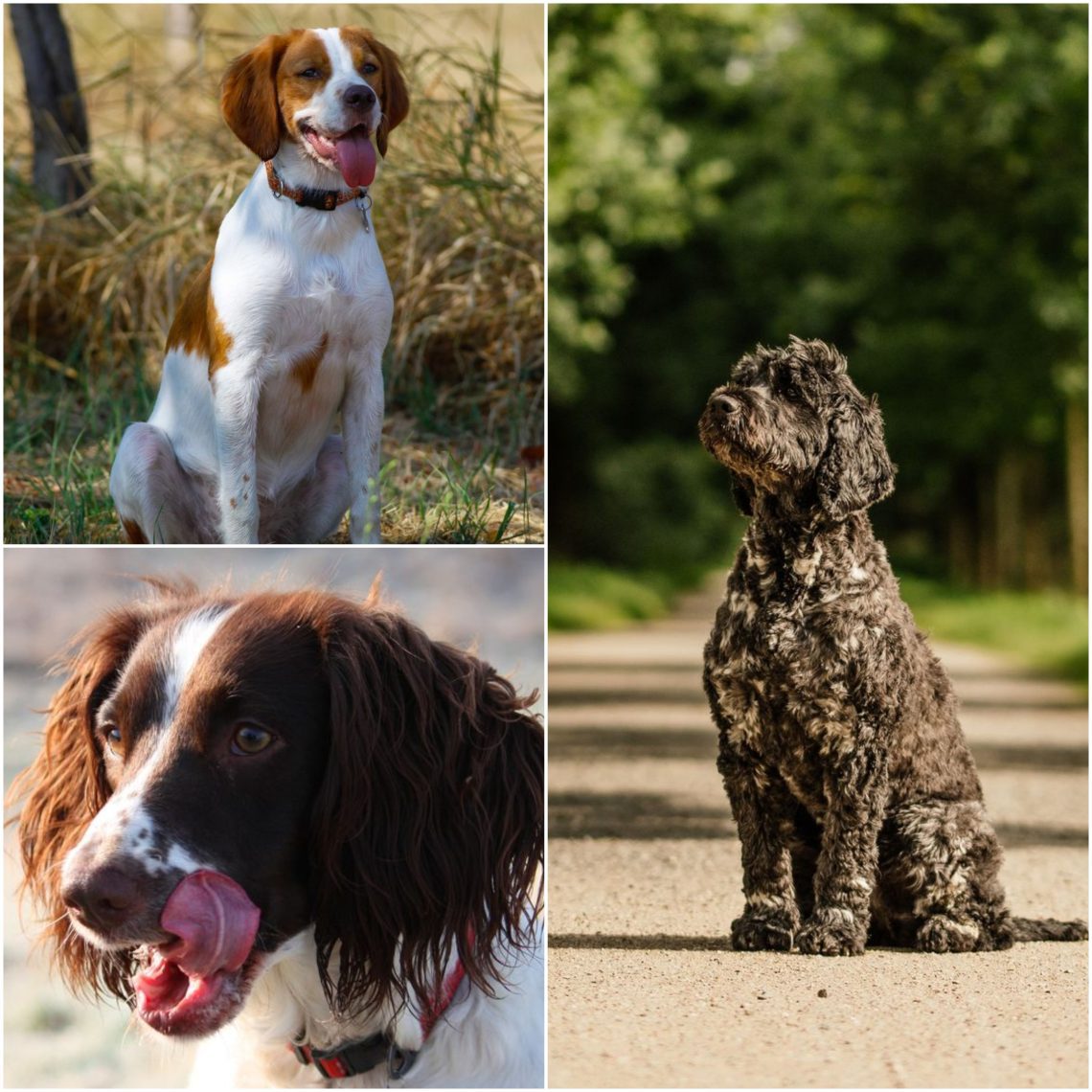
Types of dog motivation
It is important for every owner to know what types of dog motivation are in order to use them correctly in raising and training a pet. What are the types of dog motivation and how to develop the motivation of a four-legged friend?
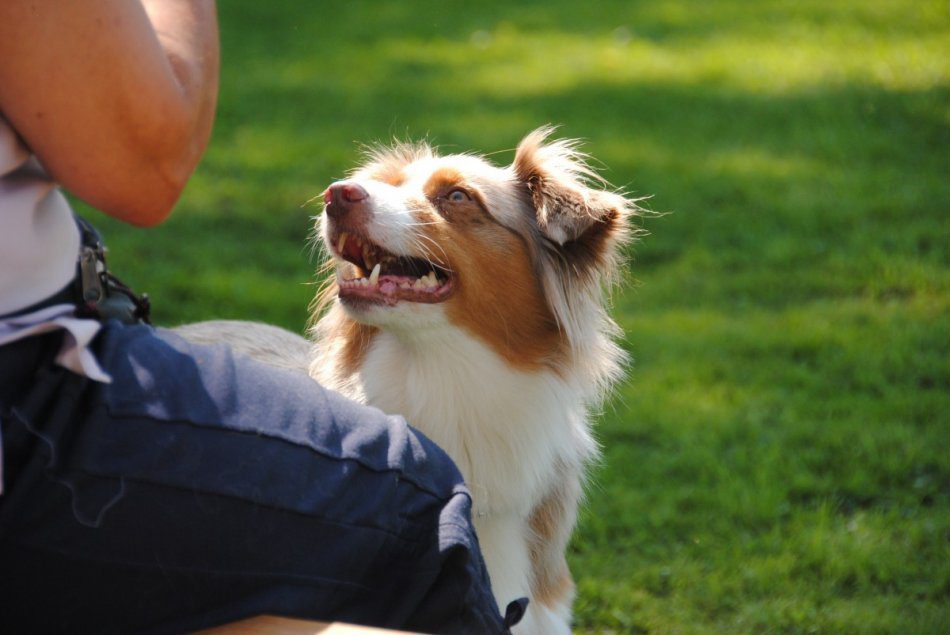

Photo: www.pxhere.com
Contents
What is the dog’s motivation?
There are two types of dog motivation: primary and secondary.
The primary motivation is something virtually every dog has: food and play.
Any dog loves to eat, and most often we build training with the help of food, because food calms the nervous system, the dog is more concentrated, calmer, and it is easier for him to think for what action he gets a piece. And usually we teach the dog new skills through food.
In addition, when our puppy is small, his natural desire is to eat as much as possible, so it is much easier for us to agree with him.
This is food motivation, but it is important for us to develop the dog’s play motivation as well.
Often a dog has a play motivation, although there are animals that do not really like to play. And, for example, if we know that our puppy does not play outside, but only plays at home, in fact, this is our first task – to teach him how to play outside.
Play is very important in dog training. It excites the nervous system, and once the skill has been learned through food, we need to increase the dog’s arousal level to make sure he is ready to follow the commands we have taught him. If a dog is able to concentrate on work even during play, even after incredible excitement, most likely we will get a pet that will hear and listen to us even when playing with other dogs, or when he picked up a hare, or when he tries to rush after cats, or birds are flying around.
That is why we need to teach the dog to play and develop play motivation, since the game is the tool with which we can control the dog’s excitement and the learning process.
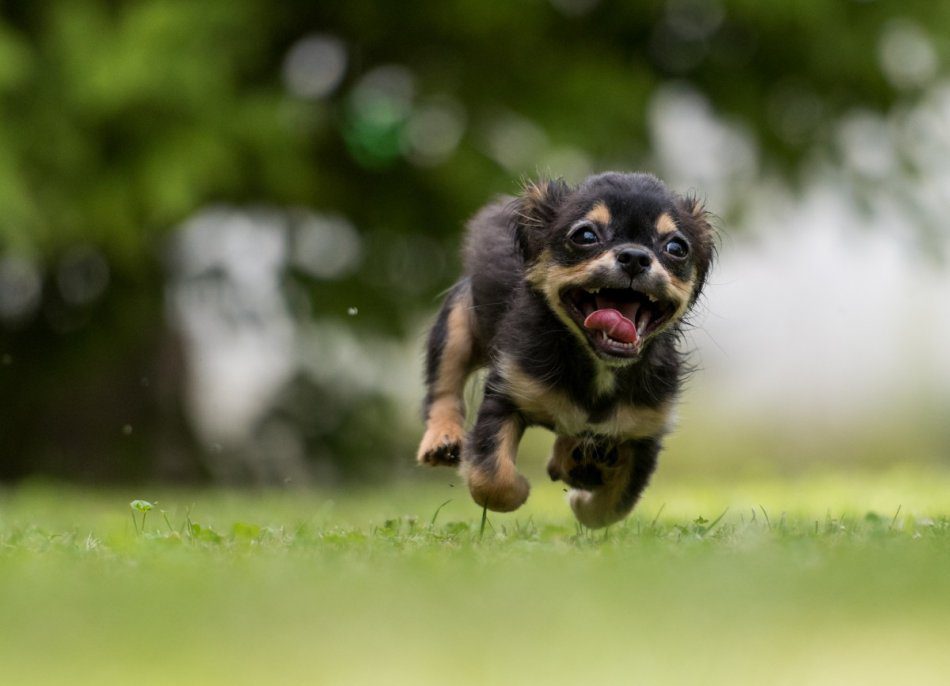



Photo: www.pxhere.com
How to understand which motivation is developed in a dog more: food or play?
We take food and toys. We begin to feed the dog, give piece by piece, then hide the food and invite the dog to play with the toy. If the dog easily switches to a toy and then back to food, that’s great – it means we most likely have a very balanced puppy or adult dog. Such dogs are found by nature, it is a pleasure to work with them, but, unfortunately, this is an exception.
Most often, in a dog, as in a person, some one interest prevails. The dog is most often more inclined to eat or more inclined to play.
If our puppy ignores the toy and tries to find the hidden food, most likely the dog is a food eater and needs to be taught to switch to play or love to play.
There are also dogs in which play motivation prevails. In this case, after playing with the dog, hiding the toy and offering him food, you see that the pet ignores the food or grabs and spits out pieces while trying to find the toy. You can congratulate yourself on the fact that your task will be to teach the dog to eat, no matter how illogical it may sound. After all, if we offer the dog only a game, we will get a very overexcited “student”, who finds it extremely difficult to keep himself in the clutches, prone to frustrations, with a low threshold of tolerance.
That is why it is important to develop a balance between the food and play motivation of the dog.
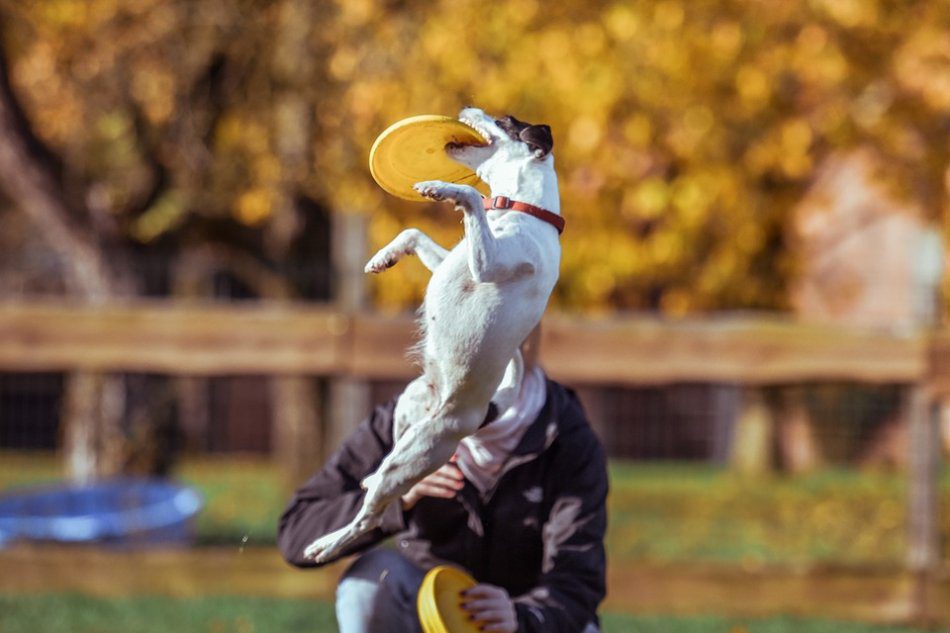



Photo: pixabay.com
There are also secondary motivations that are not related to the main ones. These are the types of motivation that we develop on purpose. This is the dog’s social motivation.
Dog social motivations include praise or petting (and other pleasant tactile sensations).
Why does social motivation need to be trained specifically for a dog? Because during the training we use, of course, both food and play, but we cannot always have food or a toy with us during a walk. In addition, we want the dog to obey us without food and toys. But there is always a guide, an owner next to the dog, and the dog needs to be explained that when we say: “Oh, what a wonderful dog you are!” – this is cool.
It is better to develop the social motivation of a dog from childhood. For example, when the puppy is not doing anything important, we can begin to praise him frantically, clap his hands, until he shows signals of joy: he starts wagging his tail, “smiling”, jumping, etc. For this, we can encourage the baby with the help of a game or food. Thus, we explain that when the owner praises the dog, something very pleasant will follow. Then we take away the food and the toy, and we are left with only praise.
The social motivation of a dog is a very handy tool, because praise is always with us. But this motivation needs to be formed in an additional, artificial way.





